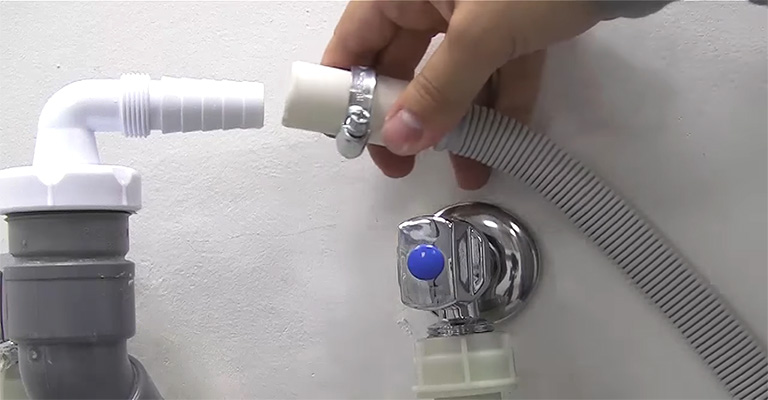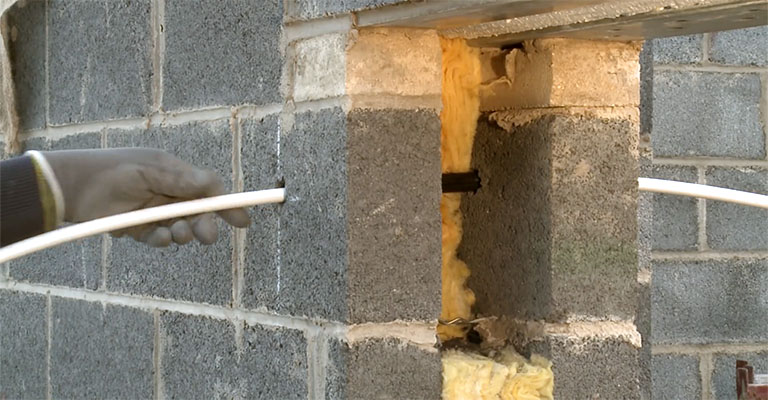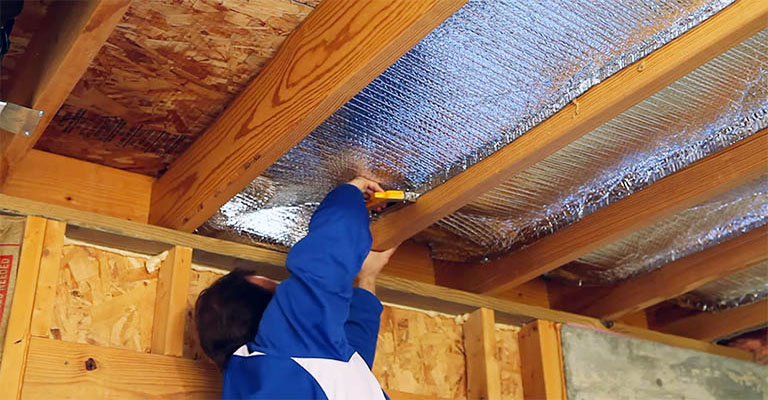How to Run a Coax Cable in a New Construction
Coax cables are easy to handle and for new construction purposes, the wires are circulated as per connections, via wall and other means of channels. Often there are some self-straps packed by the manufactures, to attach the cables with the pathways.
How to Run Coax Cable in New Construction
Technically coax cables are beneficial in official wirings and in new constructions these are easy to work with. If the data transfer rate is meant to be high enough we generally don’t choose a coax.
For a newly constructed platform, the individual sides need intensive connections. Such as each room appliances need an individual running coaxial cable and for a better preview of the visual we manage the wiring paths.
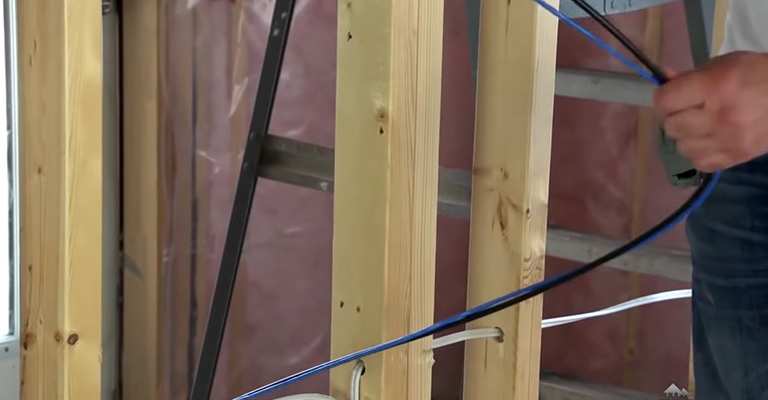
Making Channels
The general process for running the coax cables is that you will need to make the channels through where you’ll set them. The pillars are often holed for this purpose. Also, multiple categorized straps hold the wires up to the angles, even if it’s 90 degrees.
Voltage Wires and Binding?
For this specific purpose of wiring, we select low voltage wires for connecting. Easy to deal with a good amount of data flow. Multiple wires bind together so that visual entropy seems less.
Taping
The wires are managed neatly with tapes. Even though the straps keep them well static and organized yet taping the bundle in the endpoints gives more flexibility for further modifications. Pinning also holds the upper wall wires, so they stay fit.
How to Run a Coax Cable From Outside
In case if you’re thinking of cabling from the outside of your office or home, the process of regular coax cable running is similar. But for convenience for connecting from outside, there is this flat like a cable that can be easily entered through doors and any tight paths.
The flat coax cable is connected with the antenna and booster and then the rest wire portion is transmitted inside the home, office, etc.
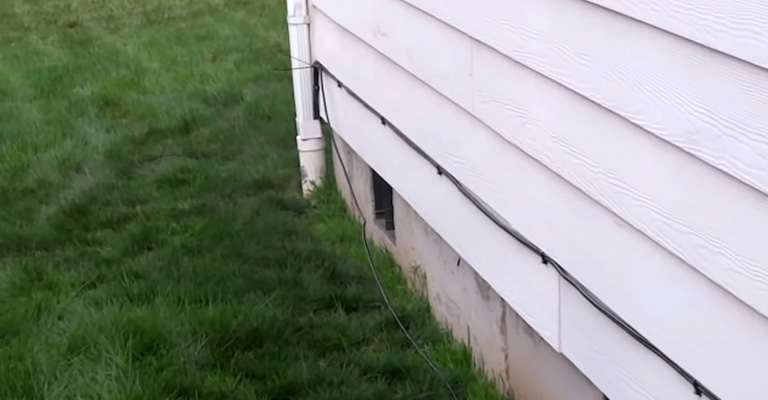
Wiring House With Coax Cable for TV and Internet
To be precise the process is easy but might take a little time. You don’t need to alter the existing cables to switch to coaxial ones. The wiring is much more distinguishable as it is defined nicely in the body.
We do the procedural work step by step. Firstly connecting on part with an appliance for instance a computer. So the next connection will be with the distribution panel, which is considered the central box. The rest is towards the terminal part.

What Is the Best Way to Join Coaxial Cable While Wiring?
If you’re thinking of having a perfect joining it’s easy to cut the wires and free them till the center wires breathe out. Once you’re done opening with 2 joining wires, you will have to twist the wires with each other.
Notice you have a rubber glove while working as a slight disturbance might disrupt the connectivity. After twisting them firmly you can use external old foils to wrap the open parts and finish with insulated tape and you’re good to go.
For the terminal connections, you can use 2f connectors, and bullet joiners, and later connect them with the newly joined coax wires.
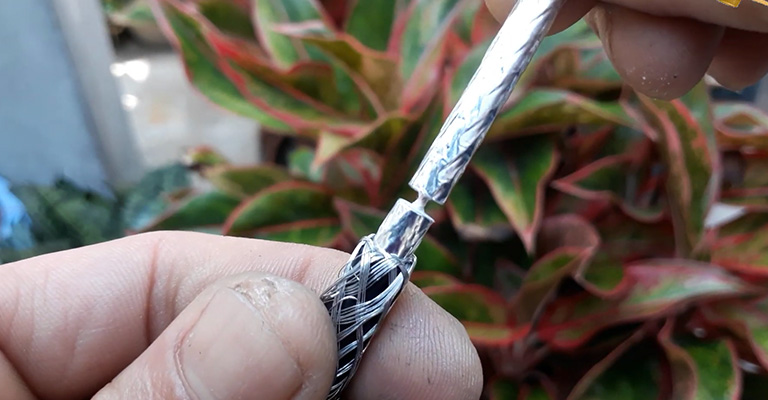
What Are the Different Types of Coaxial Cable Connectors?
There are multiple kinds of coaxial cable available and we are not familiarized with most of them. BNCs are often used for radio, TV connectivity, whereas TNCs are used for resolving leakages. SMBs are used for better electrical performances and 7/16 DIN for remarkable high wattage facilities.
For quick-lock systems, we use QMA and MCX used for GPS and digital cellular applications. RCAs are combined wire connections suitable for TVs. These are the types available as coaxial cable.
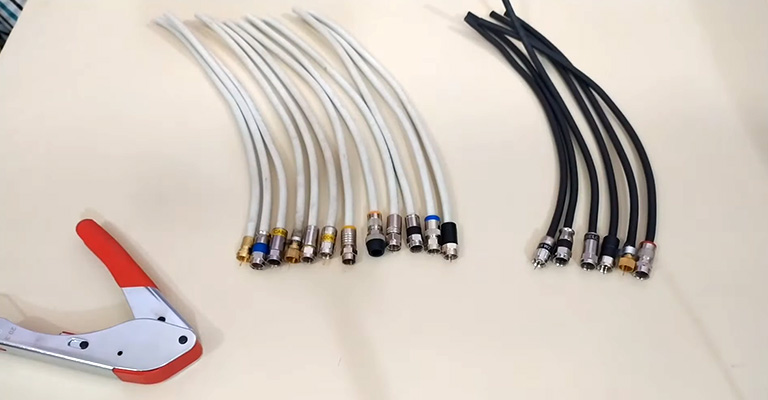
FAQ
Q: What should I run in the new house: Coax or CAT6?
Ans: Technically 2 coax and 1 CAT6 will be enough. We use coax for televisions and internet connections for better performance and even though CAT6 is a standard choice yet it has some issues with data drop and handling.
Conclusion
In the usual case, you can alter the current connection without changing the existing lines. But when you’re focusing on new construction work make sure you choose the apt wire systems. The recommended choice is the coax, as in they are with high transmission capability and low drop of performances.
Understanding how to run coaxial cables in a new construction isn’t just about connecting your cable provider’s service or setting up a satellite dish, it’s about creating a robust and versatile network for your home. Coaxial and electrical cables, when expertly installed, are the invisible backbone of your smart TV, ethernet connection, and phone lines. They can even support modern, wireless boxes that make use of ethernet ports, providing flexibility for a diverse array of digital devices.
Mastering the use of monoprice cables, twisted pair wiring, and coordinating these with in-wall units cleverly concealed in the wall cavity, will significantly enhance your home’s connectivity while maintaining its aesthetic integrity. Whether you’re hooking up a smart TV or connecting to a phone line, these behind-the-scenes conduits are essential. Remember, positioning these systems in a central location within your home can make for easier access and future modifications.
So, as you embark on your new construction journey, bear in mind the importance of proper installation and placement of these crucial components. The convenience you’ll experience from a seamlessly connected smart home, where the ethernet connection is just as accessible as the coax cable for the satellite dish, makes all the effort worthwhile. Harnessing the potential of coaxial and electrical cables, you’re not just building a house – you’re creating a connected, modern home.
Also Read- Stanley Stud Finder Keep Beeping? Solved With Ease

